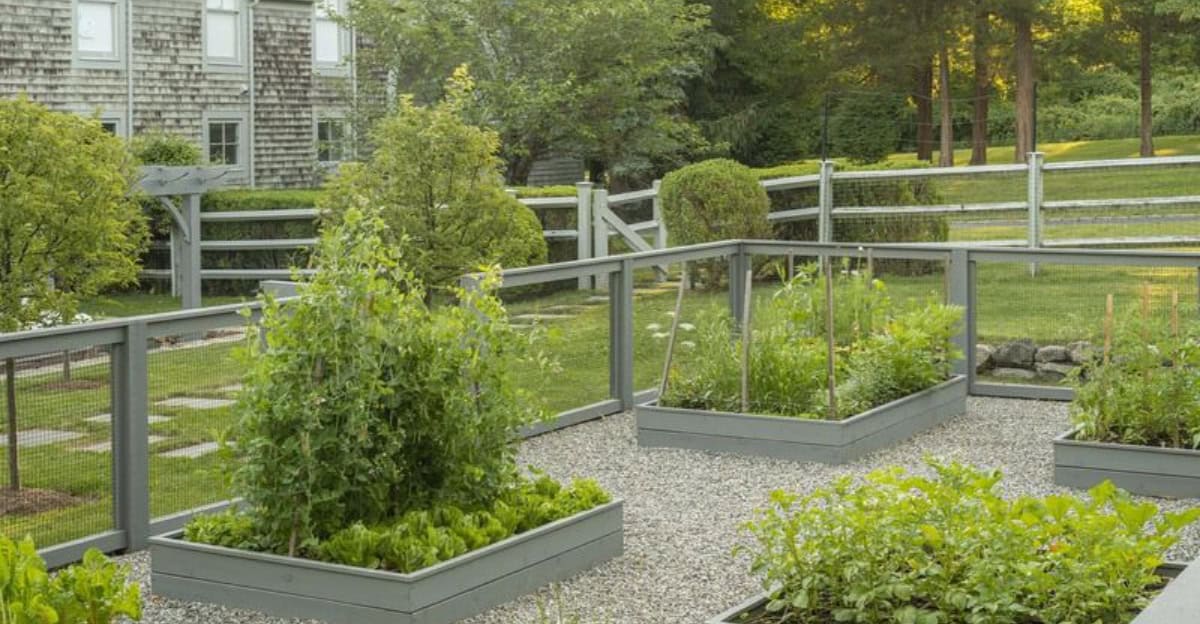Raised bed gardening offers an array of benefits that can transform your gardening experience into something extraordinary.
From improving soil quality to reducing pest issues, the advantages are manifold. Let’s explore these unique benefits and see how they can enhance your gardening journey.
1. Improved Soil Quality
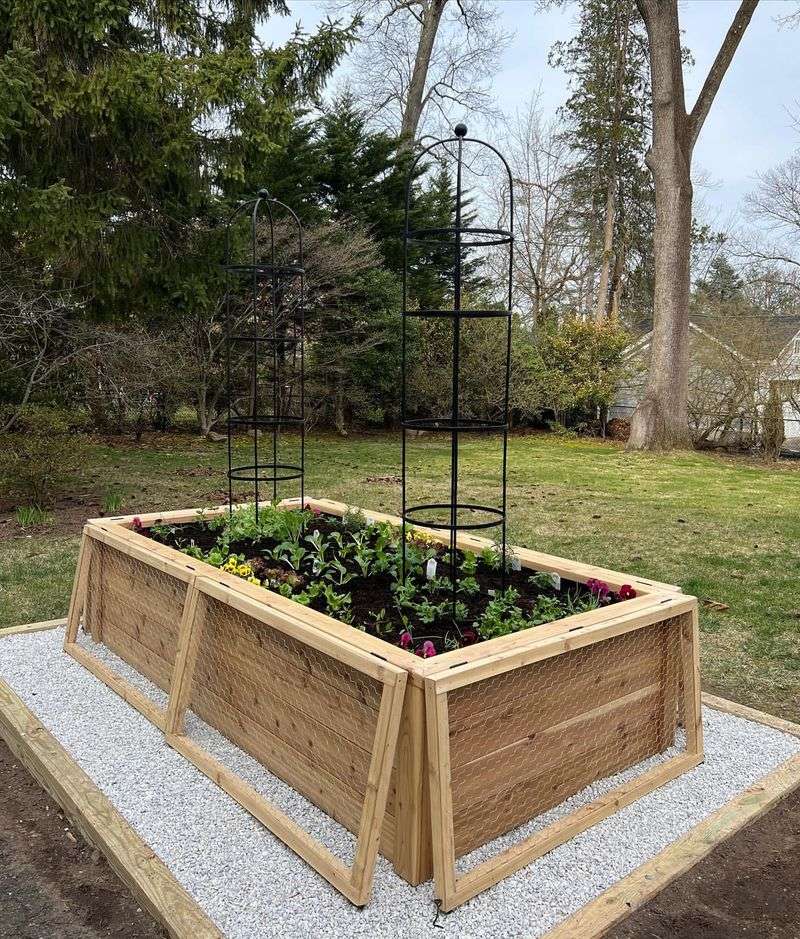
Raised bed gardening allows for optimal soil customization. You can mix your preferred soil type, ensuring it’s rich in nutrients.
This tailored soil environment promotes vigorous plant growth. Additionally, raised beds prevent soil compaction.
This means roots have more freedom to expand and absorb nutrients. Over time, you can amend the soil easily, maintaining its fertility.
This careful soil management results in healthier plants and bountiful harvests.
2. Better Drainage
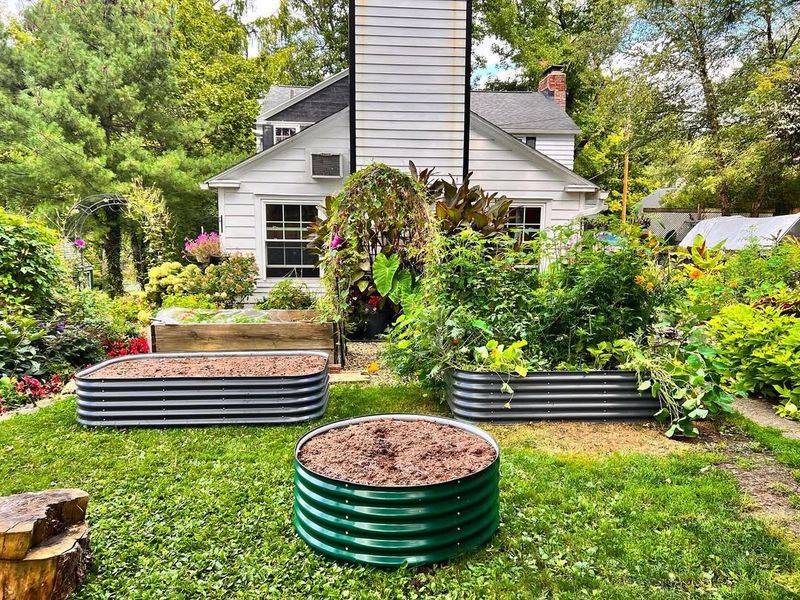
Raised beds naturally offer superior drainage compared to traditional in-ground gardens.
Excess water easily flows away, preventing waterlogging issues that can harm plants. This improved drainage is especially beneficial in areas with heavy rainfall.
Also, good drainage reduces the risk of fungal diseases, keeping plants healthy.
By ensuring the plants’ roots aren’t sitting in water, you create an ideal growing environment, leading to robust growth.
3. Extended Growing Season
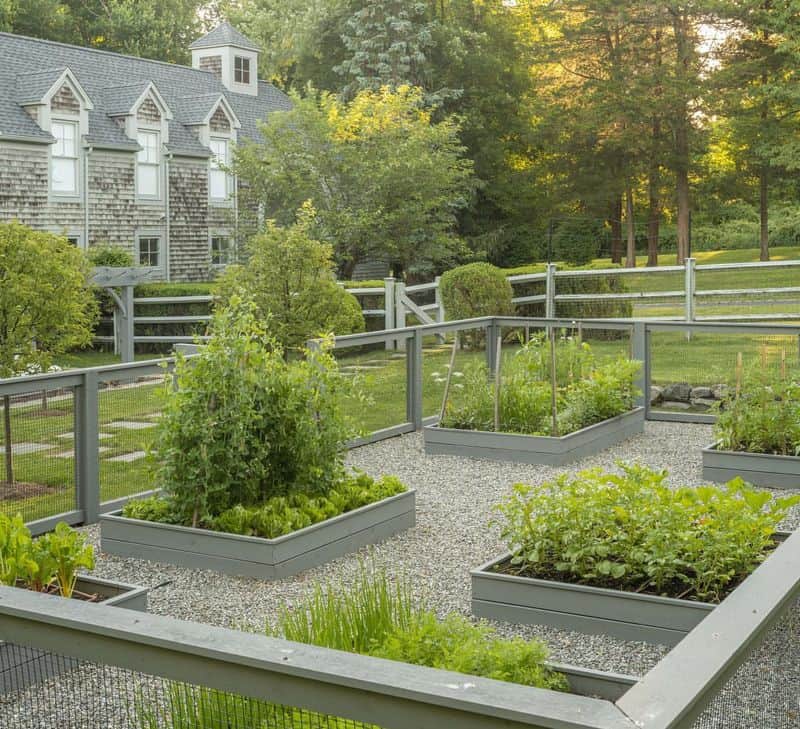
Raised beds warm up quicker in spring, allowing for an earlier start to the planting season.
The soil’s elevated position means it absorbs more sunlight. This warmth also extends the growing season into the fall.
You can enjoy fresh produce longer than with traditional gardening methods. Additionally, adding row covers or cold frames can further protect plants from frosts, enhancing growth opportunities.
4. Reduced Weeding
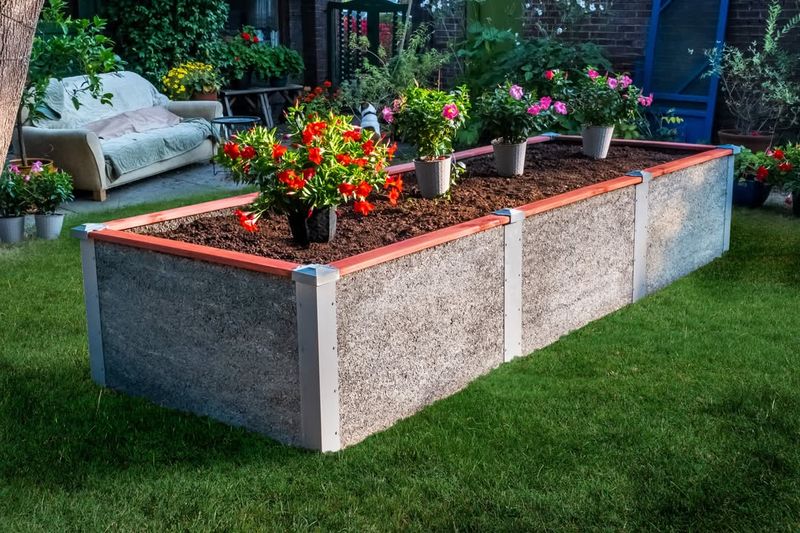
Weeding is significantly reduced with raised beds due to the contained growing area. The defined borders prevent grass and weeds from encroaching.
Also, the higher soil quality inhibits weed seed germination. Mulching further aids in suppressing unwanted growth.
This means more time enjoying your garden and less time weeding. It’s an efficient way to maintain a tidy and productive gardening space.
5. Enhanced Pest Control
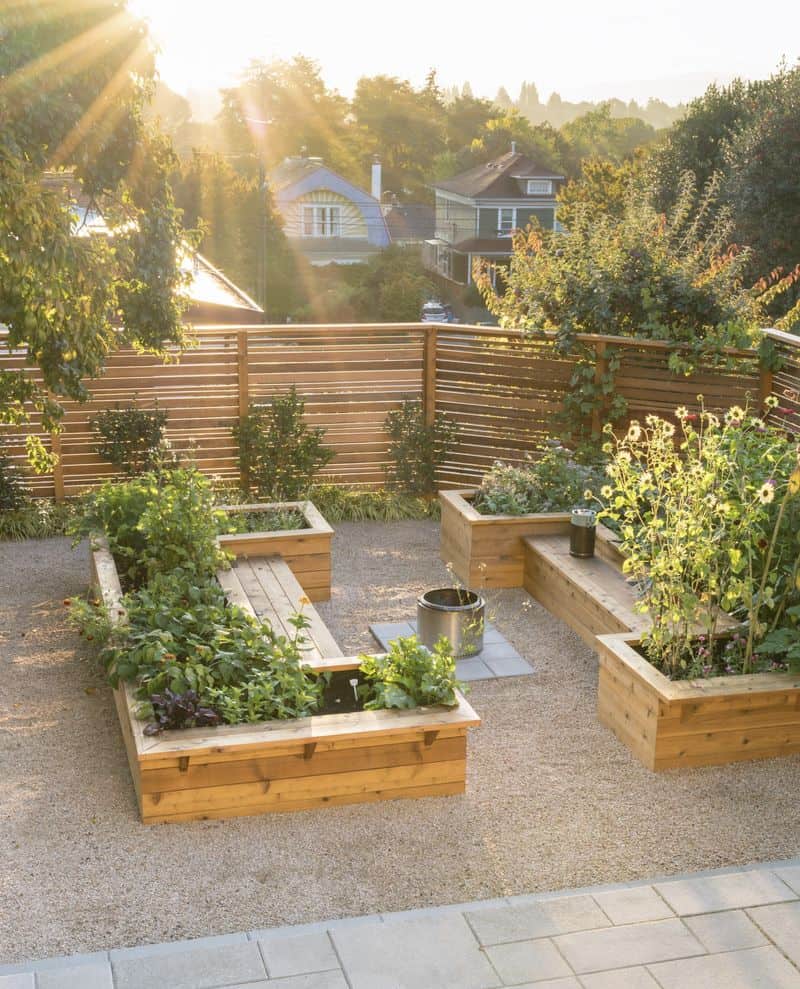
Managing pests is simpler with raised beds. Physical barriers like nets can be easily installed.
Elevating plants deters some ground-dwelling pests naturally, and the ability to closely monitor plants’ health allows for early pest detection.
Companion planting is also easier, further protecting crops from pests. This concentrated management leads to healthier plants.
Overall, pest issues are minimized, safeguarding your hard-earned garden produce.
6. Efficient Space Utilization
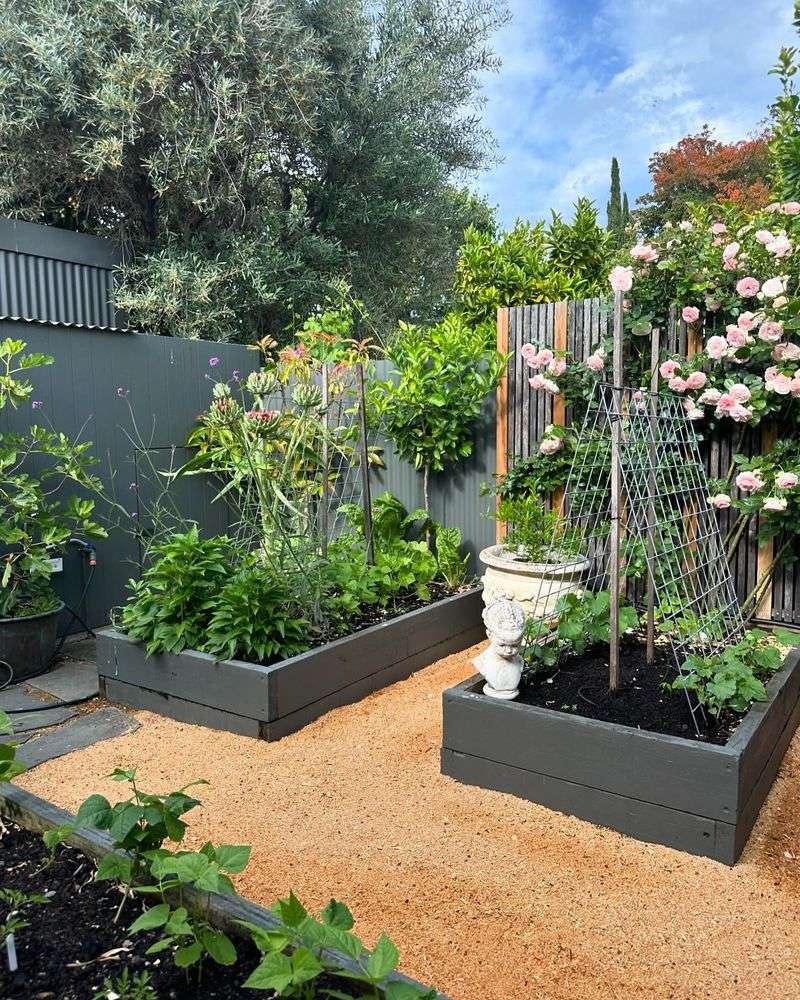
Raised beds maximize space use, making them ideal for small gardens. Vertical planting techniques can be employed, further enhancing space efficiency.
Plants can be grown closer together, increasing yield per square foot. This method is perfect for urban settings where space is limited.
Additionally, the organized structure of raised beds makes crop rotation and succession planting straightforward, ensuring continuous and efficient production.
7. Higher Yields
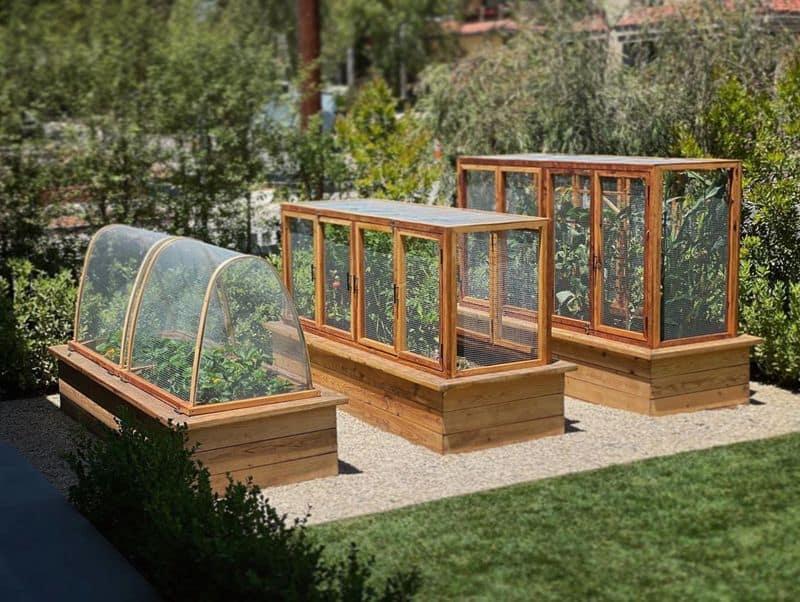
Raised beds often lead to higher yields compared to traditional gardening. The controlled soil quality, efficient drainage, and concentrated nutrients contribute to this.
Plants grow more robustly, producing more fruit or vegetables. The ability to plant densely means more crops per square foot.
This productivity boost makes raised bed gardening especially rewarding for those looking to maximize their garden’s output with minimal space.
8. Ergonomic Gardening
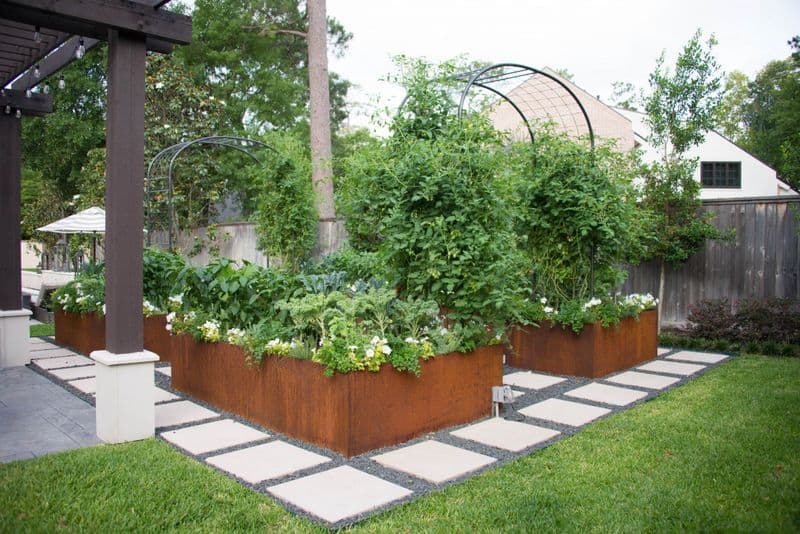
Raised beds are a boon for those with mobility challenges. Their height reduces the need for bending, making gardening more accessible.
This ergonomic advantage allows people of all ages to participate in gardening. Comfortable access to plants means tasks like planting, weeding, and harvesting are easier.
The physical strain is minimized, encouraging longer and more enjoyable gardening sessions. This inclusivity makes gardening a pleasure for everyone.
9. Aesthetic Appeal
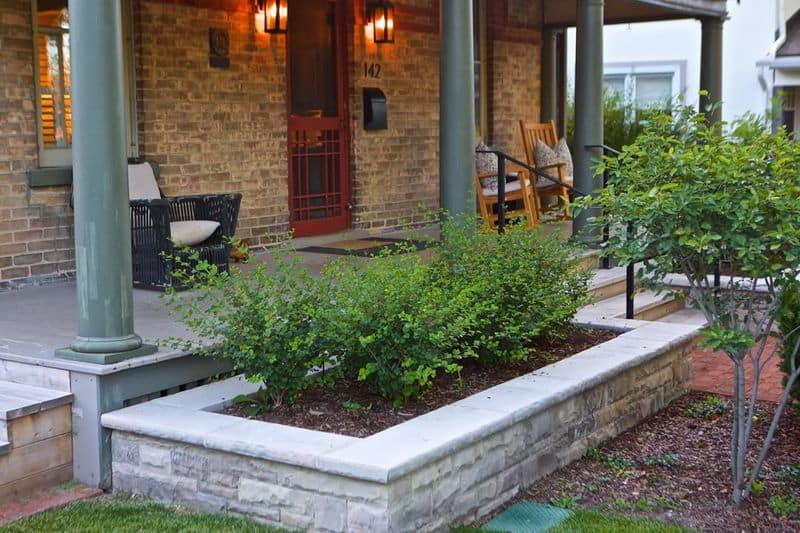
Raised beds add structure and beauty to any garden setting. Their neat edges and defined spaces create an organized look.
You can design them to complement your landscape, using materials like wood or stone for a custom aesthetic.
The elevation showcases plants beautifully, enhancing their visual impact. This appeal makes your garden a more inviting space, turning it into an attractive outdoor feature for your home.
10. Reduced Soil Erosion
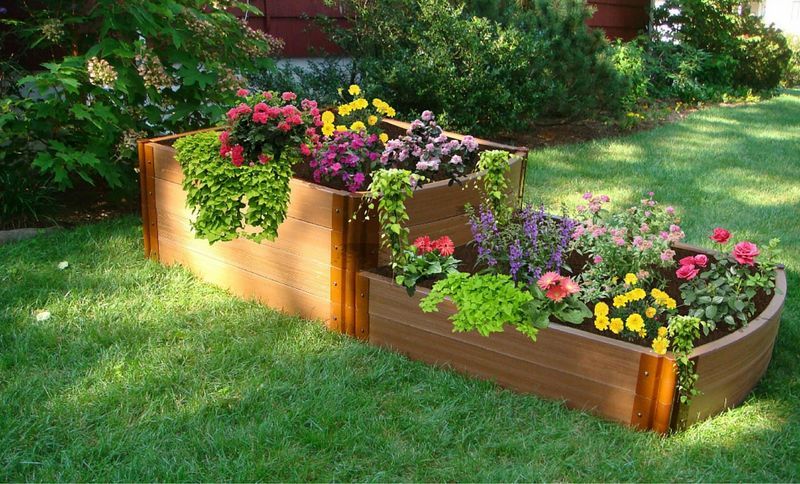
Soil erosion is minimized with raised beds. The structure of the beds holds soil in place, even on slopes.
This containment prevents valuable topsoil from washing away during heavy rains. The result is a consistent growing medium.
Additionally, this stability supports healthy plant root systems. By preventing erosion, raised beds ensure a sustainable and productive gardening environment, safeguarding your investment in soil and plants.

